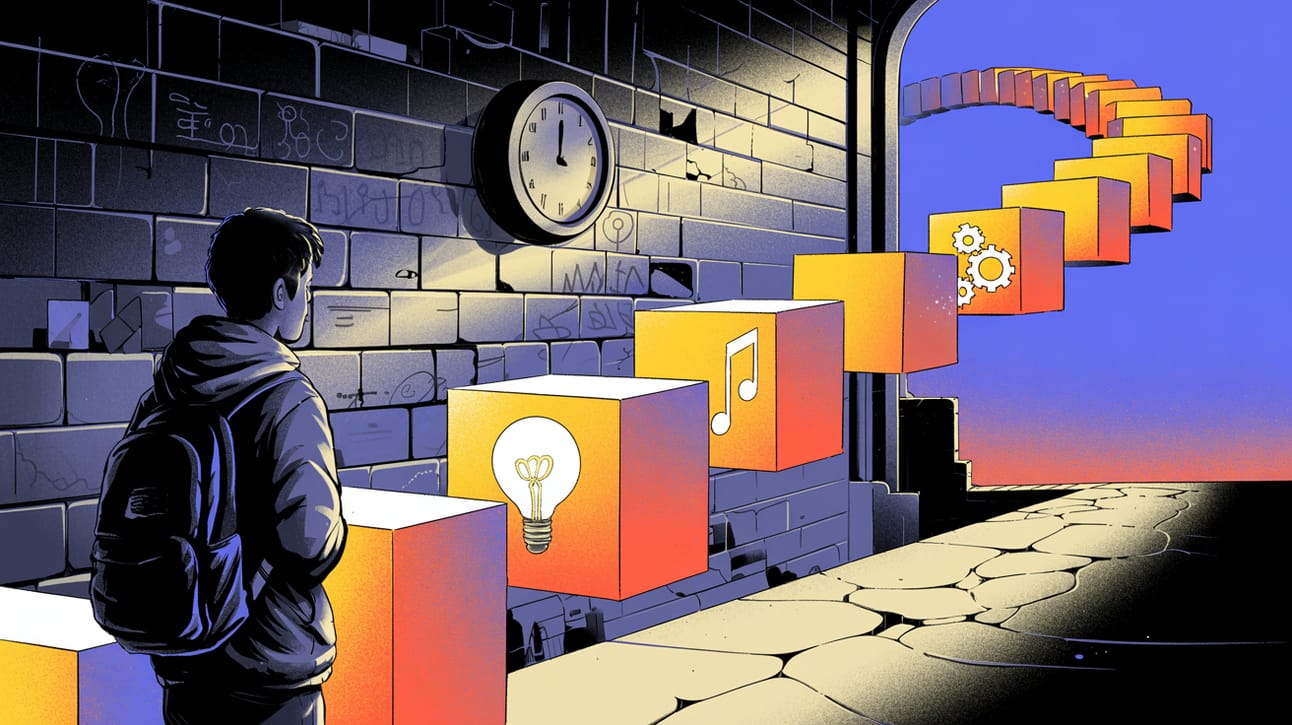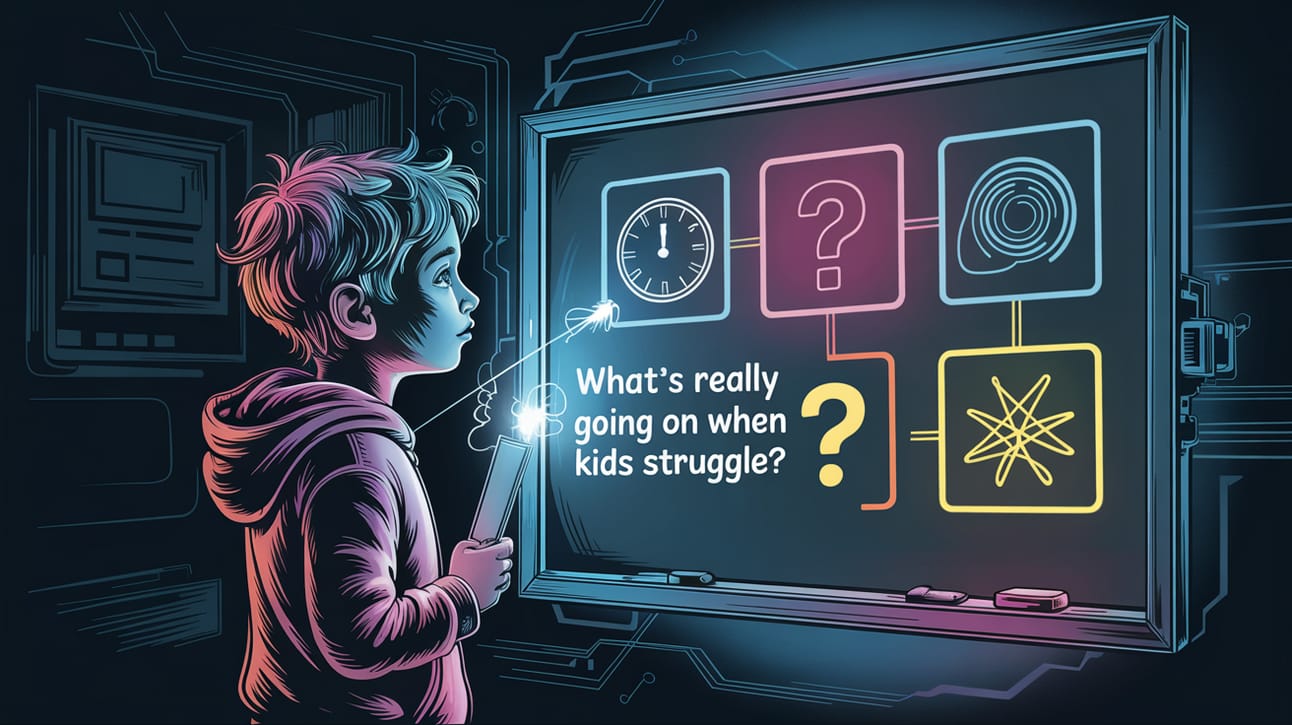- Future-Ready Parents
- Posts
- How Does Your Kid Learn Best? This 3-Question Tool Helps Them Figure It Out
How Does Your Kid Learn Best? This 3-Question Tool Helps Them Figure It Out
School isn’t built for every brain—but this tool helps your child learn how to learn, no matter the system.


The Caribbean Examinations Council just announced a new qualification called CTEC. It’s modular, self-paced, and tailored to fit how students actually learn. 1
One-size-fits-all is on its way out, at least in some parts of the world. For the rest of us, maybe we don’t have to wait for big systems to catch up.
🌱 Welcome to Future-Ready Parents—where we turn parenting worries into small, practical wins that build confident, tech-savvy kids (and calm, capable parents).
🔎 WHAT TO EXPECT TODAY
Today’s issue gives you a 3-question reflection tool that helps your child notice what’s working in their learning—and what’s not. No lectures. Just one short conversation that builds confidence and clarity.
🎓 WHY THIS MATTERS
Most parents focus on keeping their kid “caught up.” But the real gains come when kids understand how they learn, not just what they’re taught.
Schools experimenting with personalized learning—like those in a large RAND study—saw students jump 3 percentile points in math over peers in traditional classrooms. 2 The difference? Students built skills like focus, reflection, and strategy—core ingredients of deep learning.
Systems like CTEC are moving toward this approach. But schools move slowly. At home, you can start building these habits today—with one short, structured check-in.
When kids reflect out loud, they become better learners. They also become more motivated, less overwhelmed, and more able to adapt when school doesn’t flex to fit them.
🧰 THE TOOL: The Learning Snapshot

This is a quick check-in you can run once a week—after school, dinner, or whenever you catch a calm moment. It helps your child think through what’s helping them learn and what’s getting in the way.
Here’s how to use it:
🧠 1. Ask: “What clicked for you today—and why?”
You're helping them pinpoint what made something stick. Was it a hands-on project? A real-life example?
😐 2. Ask: “What confused or bored you—and what did you do next?”
This helps you see how they respond when they get stuck—shut down, guess, ask for help, distract.
🎯 3. Ask: “If you got to learn this your way, what would you change?”
You’re encouraging them to imagine a better fit—maybe more visuals, a slower pace, or trying it in a different format.
🧩 Want to try it yourself first? Think back to middle school. What helped you really understand something? What didn’t?
Why this works:
It’s not extra homework. It’s giving your child the chance to learn how to learn—a skill they’ll use long after the test is over.
📊 YESTERDAY’S POLL RESULTS:
How comfortable are you saying “I don’t know” to your kid?
I try to say something useful: 50%
I Google fast: 36%
Totally fine—I say it often: 7%
I redirect or deflect: 7%
I freeze up: 0%
📢 TODAY’S POLL:

📊 Vote now, and we’ll share the results in tomorrow’s issue!
BEFORE YOU GO…

This kind of check-in won’t fix everything overnight. But it builds awareness. That’s the first step toward confidence. And confident learners can figure out a whole lot—even when the system doesn’t flex.
Until next time,
James Brauer
Founder, Future-Ready Parents
Reply